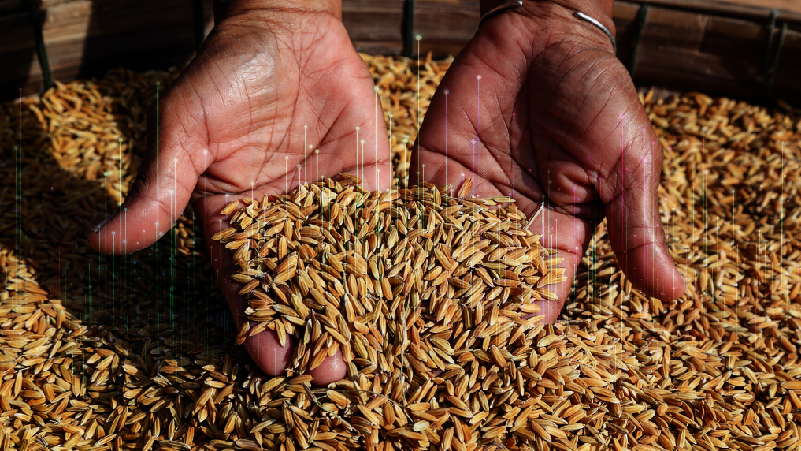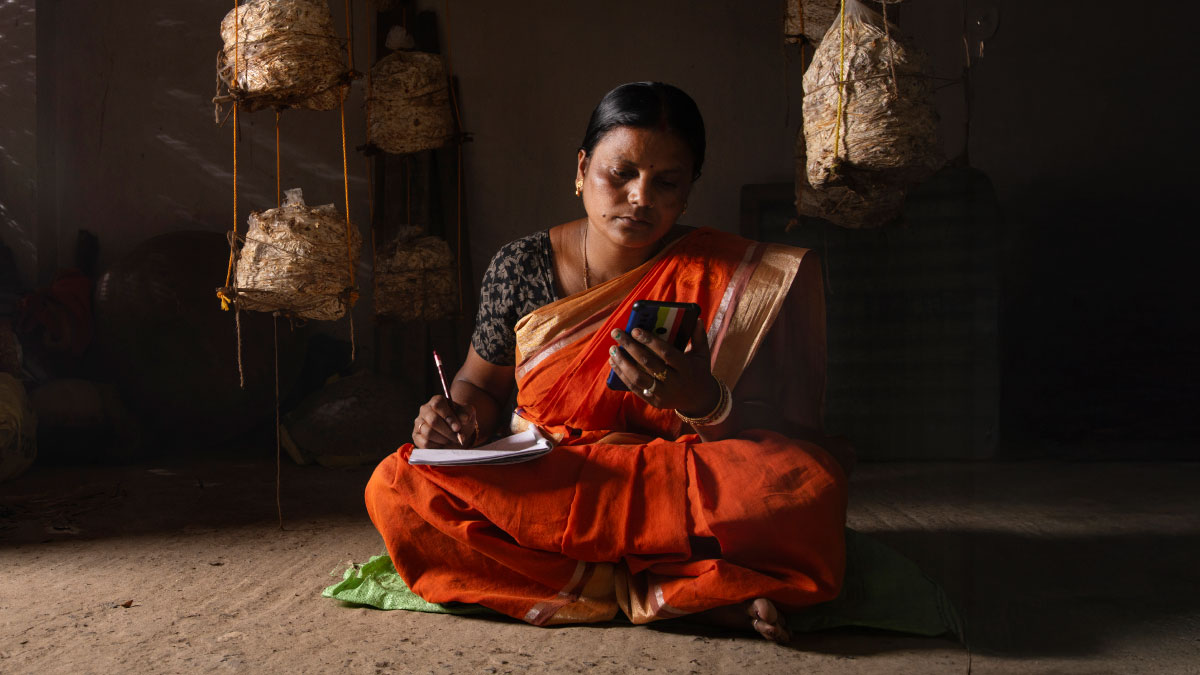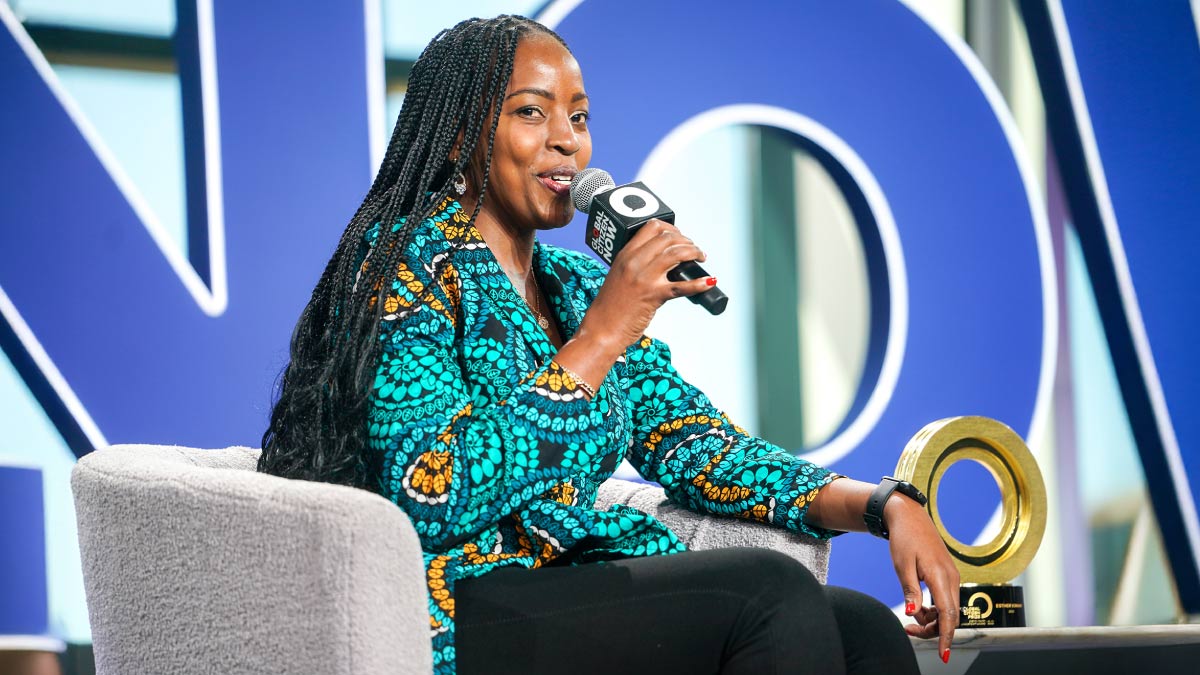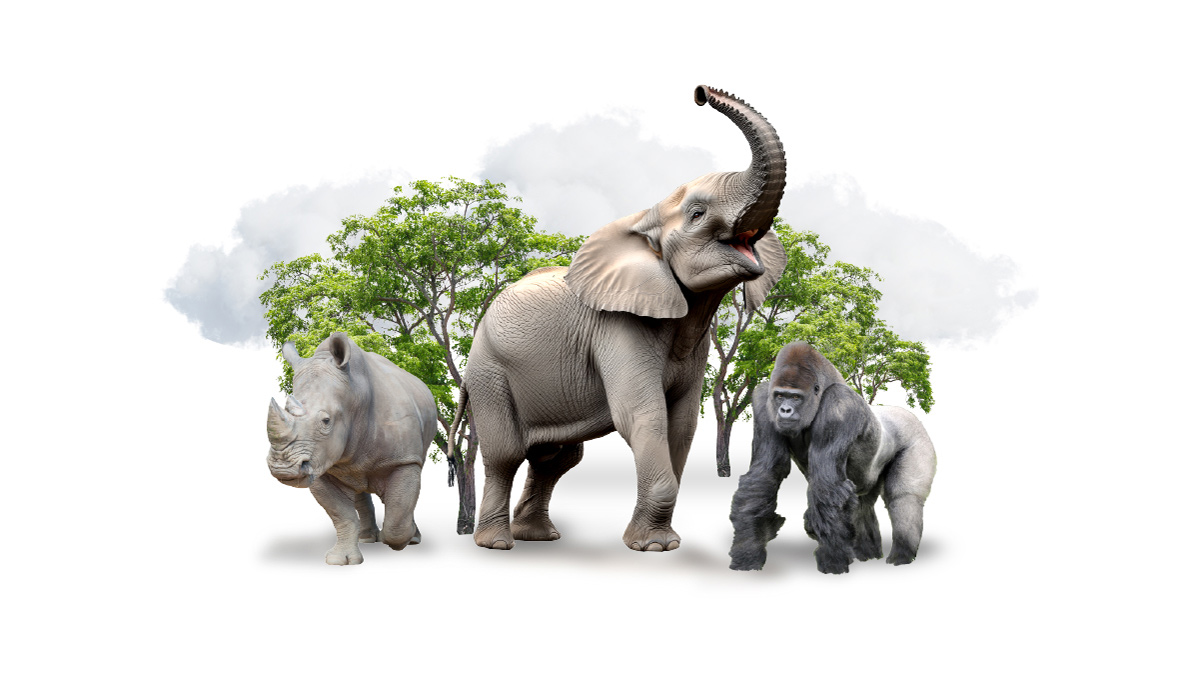Global food supplies are a precious yet precarious resource, vulnerable to wars, climate change, and supply chain challenges. That’s why it’s critical to empower farmers with great innovation — to ensure that their crops, water, and soil are being managed efficiently and sustainably.
In Kerala, southern India, a Cisco Country Digital Acceleration (CDA) initiative is showing how digital technologies can help even the smallest rice and shrimp farms evolve their agricultural practices — with the help of Internet of Things sensors, drones, edge networking, satellite data, and education.
As Vinod Karumampoyil, Cisco’s program execution leader in India, explained, these efforts are in partnership with the Indian government, which is committed to supporting farms both small and large.
“Sixty percent of India’s population is involved in agriculture,” he said, “which contributes to 17 percent of the GDP.” And the government of India’s aim is to promote holistic solutions that make farming viable for all, with an emphasis on digital transformation and doubling of farmers’ incomes by 2023.”
Rice is one of the most water-intensive crops. And in India’s southern region, climate-driven weather events have impacted crop yields and farmers’ income in recent years. So, it’s critical that farmers know precisely what is happening with crops, soil, water, weather. The ultimate goal is for farmers to be as sustainable, efficient, and profitable as possible, because even small farms can have a global impact.
A digital blueprint for smart agriculture
When the Kerala State government began looking for innovative solutions to make farming smart and sustainable, Cisco’s Country Digital Acceleration program was a natural partner. With a strategic collaboration framework in place with governments in 44 countries, CDA has driven more than 1,100 active or completed projects since 2015 — across everything from agriculture and education to healthcare and solving the digital divide.
“The state of Kerala was an ideal partner,” said Harish Krishnan, who leads government affairs and public policy for Cisco in India, “because of its diverse agro- climatic conditions, which enables farmers to cultivate different types of crops.”
CDA, alongside local partners, focused on an end-to-end digital architecture, ultimately creating a smart agriculture platform.
That may sound complex (and it is), but for the end user it’s a seamless experience, giving easy access to real-time insights on any device. For example, IoT sensors in soil can share data on moisture levels, PH, and temperature, while drones deliver a panoramic picture of overall crop health. That information is combined with historical data on farming conditions in the local area for greater context. So, even small farmers gain the real-time knowledge they need to be more competitive — and sustainable — via an intuitive interface.
“We have done this kind of systems integration in other sectors, like enterprise and smart cities,” said Dinesh Pal Singh, a Cisco systems architect. “And now we are trying to meet the day-to-day challenges of farmers, giving them the information they need to apply different tactics to managing their crops.”
Insights for all
CDA has also been integral in the creation of Village Knowledge Centers, which have been set up across 15 village councils in Dharmadam and Taliparamba to offer advice and insights for farmers contending with constantly changing conditions.
“The Village Knowledge Centers pull in all kinds of information for farmers,” said Guy Diedrich, who as SVP and global innovation officer is responsible for Cisco’s CDA program. “This includes data for weather, the best time to plant and the highest point of yield for harvesting as well as how to decrease damage to the environment from fertilizers and insecticides. Our goal is to increase the nutrients and the richness in the soil and increase yields all the way down to the smallest parcel farms.”
Localized data is especially relevant in guiding farmers to use fertilizers effectively, as overuse can degrade soil quality over the longer term.
“With the right insights,” Diedrich explained, “farmers can adopt new fertilizers and optimize their use for particular regions.”
Crop rotation is an ancient practice that’s critical for maintaining soil quality. But farmers need support to know the best ways in which to plan or time their crop management.
“Historical data from multiple seasons is correlated with current data,” Singh said. “AI and machine learning comes into the picture to derive hidden patterns. And they give farmers cost predictions and guidance on crop rotation, which is especially important in the era of climate change.”
Singh is excited about the progress in India and looks forward to seeing these innovations adopted in other countries.
“The IoT sensors, together with the seven-layer Cisco architecture and ecosystem solution have been created for the Indian market,” he said. “But they will be applicable for other countries as well. We are already in discussions with Australia.”
Diedrich also looks to expand on the success in India, especially given its power to support small farmers, a segment that is beleaguered around the world but remains a cornerstone of the global economy — and human society.
“This technology allows even a small farmer to see all of this data on a single screen,” Diedrich concluded. “Through this kind of CDA project, they can go from unconnected farmers to some of the most connected, most advanced farmers in the world.”




